Egg price surge: what's driving the soaring costs?

High inflation, particularly the rising costs of daily necessities, has been a critical factor driving public unrest, including the July-August movement.
The fall of the Hasina government raised hopes among the people that inflation would be controlled, and the cost of living would stabilise.
However, essential items like vegetables and eggs have continued to soar in price, breaking records daily. The steep rise in egg prices, in particular, has sparked public concern.
To understand the underlying causes of this price hike, we need to understand the historical data using economic theories and contexts.
Is this a case of market manipulation, supply chain inefficiencies, or something else entirely?
In the figure below, the percentage change in egg prices from 1986 onward is plotted. This long time series is vital for understanding whether large poultry firms, like Kazi Farms Group established in 1996, have significantly influenced egg price fluctuations.
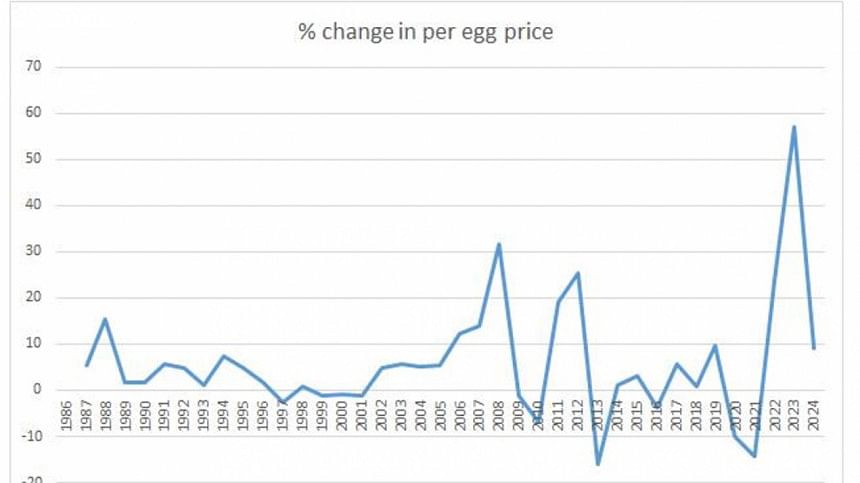
From the data, we observe that the largest spike in egg prices occurred in 2023 under the previous regime, although the rate of increase has slowed recently.
Nevertheless, prices remain high, making eggs—one of the most affordable sources of protein—unaffordable for many families.
Several economic theories help explain the current scenario.
First, cost-push inflation is a likely factor, where increases in the costs of production, such as feed prices, transportation, and labour, drive up the final price of goods.
In the case of Bangladesh, supply chain disruptions during the recent flood in many parts of the country, compounded by rising political instability and uncertainty, have likely contributed to the increasing costs of poultry farming.
The law of supply and demand is also at play. Egg prices rise when supply is insufficient to meet demand, as appears to be the case here.
Supply shortages could be caused by various factors, such as poor farming conditions, disease outbreaks, or inefficiencies in the supply chain.
Given the relatively stable demand for eggs, as they are a staple in many households, any disruption in supply—whether due to production costs, transportation inefficiencies, or weather conditions—can lead to sharp price hikes.
The situation is further exacerbated as eggs are the cheapest source of protein in Bangladesh, meaning that consumers cannot easily substitute eggs with other goods, even when prices rise sharply.
The data also showed significant price volatility during the caretaker government in 2007-2008.
That period saw a combination of political instability and global commodity price shocks, which impacted food prices worldwide.
However, prices stabilised after the caretaker government period ended, suggesting that once production and market conditions normalised, prices also levelled off.
A similar dynamic may be at play in the current situation, but it is unclear whether market collusion or monopolistic practices are the primary drivers of the current high prices.
While large firms like Kazi Farms may have market power, the data suggest that the issue is more likely rooted in supply-side problems.
Factors such as production bottlenecks, inefficient distribution, and market inefficiencies could be contributing to the price surge.
Market concentration can lead to monopolistic pricing, but in this case, the role of supply chain disruptions appears more significant.
If production and supply chain inefficiencies are indeed the primary drivers of high egg prices, the government could consider allowing more egg imports in the short term to stabilise the market.
This approach would help increase supply and lower prices, easing the burden on consumers. However, long-term solutions should focus on improving the efficiency of the production value chain.
Addressing issues such as high feed costs, improving farming techniques, and enhancing logistics could help reduce production costs and stabilise prices in the future.
Given the current situation, policymakers should approach the problem with caution.
Blaming market collusion or monopolisation without proper evidence could lead to misguided regulatory actions against producers or suppliers, which might exacerbate the problem.
Instead, the government should focus on addressing the supply chain bottlenecks and production inefficiencies that are driving costs up.
Additionally, proactive measures, such as demand forecasting and supply chain optimisation, could help mitigate future price volatility.
Regular forecasting of demand and supply along with timely interventions can ensure that shortages are anticipated, and corrective actions, such as increasing imports or incentivising production, are taken before prices spiral out of control.
Improving the coordination between the Ministry of Agriculture, the Ministry of Commerce, and other relevant bodies would be essential in implementing these solutions.
Encouraging competition in the market and reducing barriers to entry for smaller producers can also help increase supply and lower prices over time.
In conclusion, while the current egg price hike is concerning, the underlying causes appear to be rooted in supply chain and production inefficiencies rather than market manipulation.
Short-term solutions like imports, combined with long-term investments in the production value chain, could help stabilise prices and ensure that essential items like eggs remain affordable for all.

 For all latest news, follow The Daily Star's Google News channel.
For all latest news, follow The Daily Star's Google News channel. 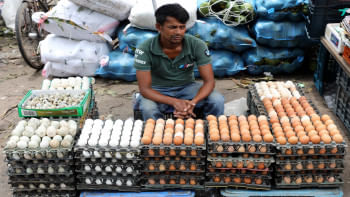
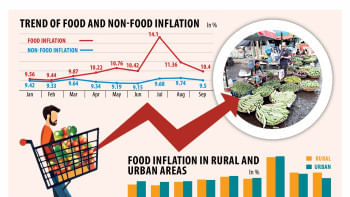


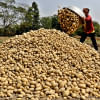

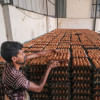




Comments